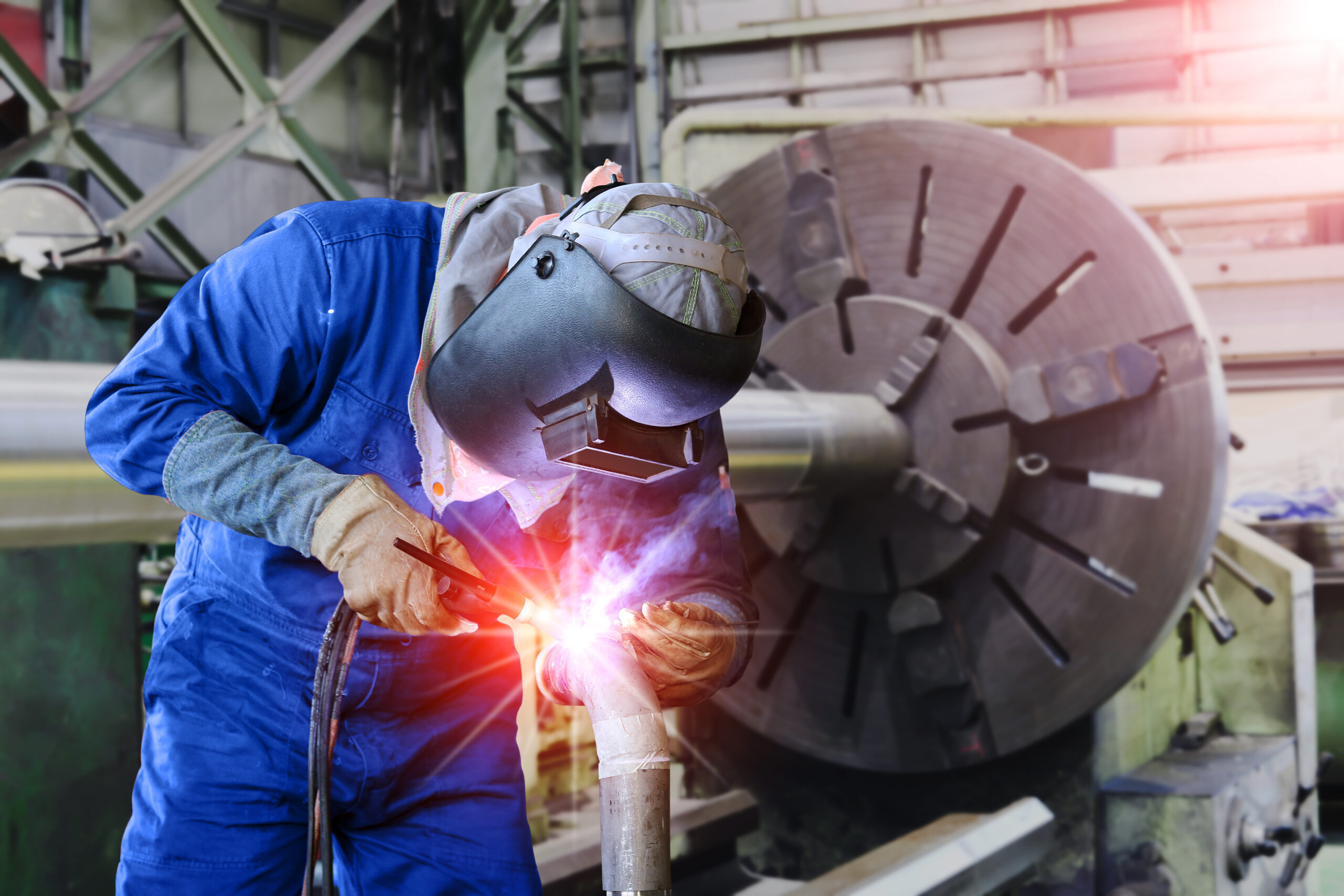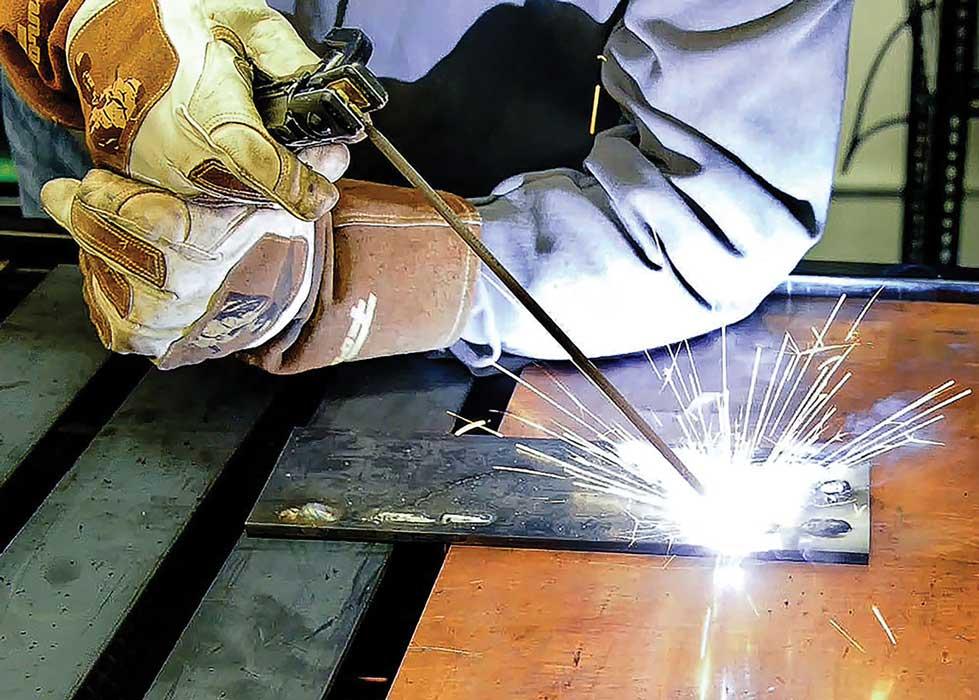Welding WPS Explained: Secret Parts and Conveniences for Your Welding Processes
Welding WPS Explained: Secret Parts and Conveniences for Your Welding Processes
Blog Article
Grasping Welding WPS Requirements: Ideal Practices and Techniques for Quality Welds
In the world of welding, mastering Welding Procedure Spec (WPS) standards is an important part that directly influences the top quality and stability of welds. As we navigate with the complexities of welding WPS standards, discovering essential understandings and methods for achieving top-tier welds will be vital for welders looking for to stand out in their craft and produce welds that stand the examination of time.
Recognizing Welding WPS Requirements

Assessors count on WPS paperwork to confirm that welding procedures are being adhered to correctly and that the resulting welds are of high quality. Engineers make use of WPS standards to design welding treatments that ensure the toughness and integrity of bonded structures.


Crucial Devices for Quality Welds
Mastering welding WPS standards is necessary for welders to successfully use the crucial tools needed for creating quality welds. Among the most essential tools for high quality welds is a welding device. The type of welding maker required depends on the welding procedure being made use of, such as MIG, TIG, or stick welding. Welding safety helmets are additionally vital to shield the welder's eyes and face from triggers, warm, and UV radiation. Furthermore, welding gloves made of heat-resistant and long lasting products safeguard the hands from injuries and burns. Magnets and clamps aid hold the work surfaces with each other safely throughout the welding procedure, ensuring precise and precise welds. Cord brushes and damaging hammers are important for cleansing the weld joint prior to and after welding to eliminate any contaminations that can impact the quality of the weld. Lastly, a determining tape and angle mill work devices for making sure correct positioning and preparing the work surfaces for welding.
Trick Methods for Welding Success
To accomplish welding success, one must understand the crucial methods essential for creating top notch welds. Preserving a constant hand and a steady welding setting throughout the procedure is crucial to achieving precision and consistency in the welds. By grasping these crucial strategies, welders can raise the top quality of their work and achieve welding success.
Ensuring Conformity With WPS Standards

Additionally, keeping comprehensive documents of welding parameters, devices calibration, and evaluation results is vital for showing conformity with WPS requirements. By faithfully sticking to WPS requirements, welders can guarantee that their job fulfills navigate to this website the required quality levels and contributes to the overall success of the welding straight from the source job.
Troubleshooting Common Welding Issues
When encountered with usual welding problems, identifying the origin cause is crucial for reliable troubleshooting. One prevalent trouble is the existence of porosity in welds, commonly triggered by impurities such as rust, oil, or wetness. To resolve this, making sure proper cleansing of the base steel before welding and utilizing the correct securing gas can dramatically minimize porosity. Another concern often experienced is lack of combination, where the weld fails to appropriately bond with the base material. This can originate from insufficient warmth input or improper welding method. Readjusting criteria such as voltage, cable feed rate, or take a trip speed can assist improve combination. Additionally, distortion, breaking, and spatter are usual welding challenges that can be mitigated via correct joint prep work, consistent warm control, and choosing the proper welding consumables. By completely recognizing these typical welding issues and their origin, welders can properly repair issues and accomplish top quality welds.
Conclusion
To conclude, understanding welding WPS standards calls for a complete understanding of the guidelines, using important devices, and applying vital methods for successful welds. Making sure conformity with WPS criteria is essential for producing top quality welds and staying web clear of typical welding concerns. By complying with ideal techniques and practices, welders can accomplish consistent and reliable cause their welding tasks.
In the world of welding, understanding Welding Treatment Specification (WPS) requirements is an essential part that directly affects the quality and stability of welds.When delving right into the world of welding techniques, a critical element to comprehend is the importance and ins and outs of Welding Procedure Specification (WPS) criteria. WPS standards supply a thorough guideline for welding procedures, ensuring uniformity, top quality, and safety and security in the welding procedure. The type of welding equipment needed depends on the welding procedure being used, such as MIG, TIG, or stick welding.Attaining welding success with the mastery of key techniques necessitates a comprehensive understanding and adherence to Welding Treatment Requirements (WPS) standards.
Report this page